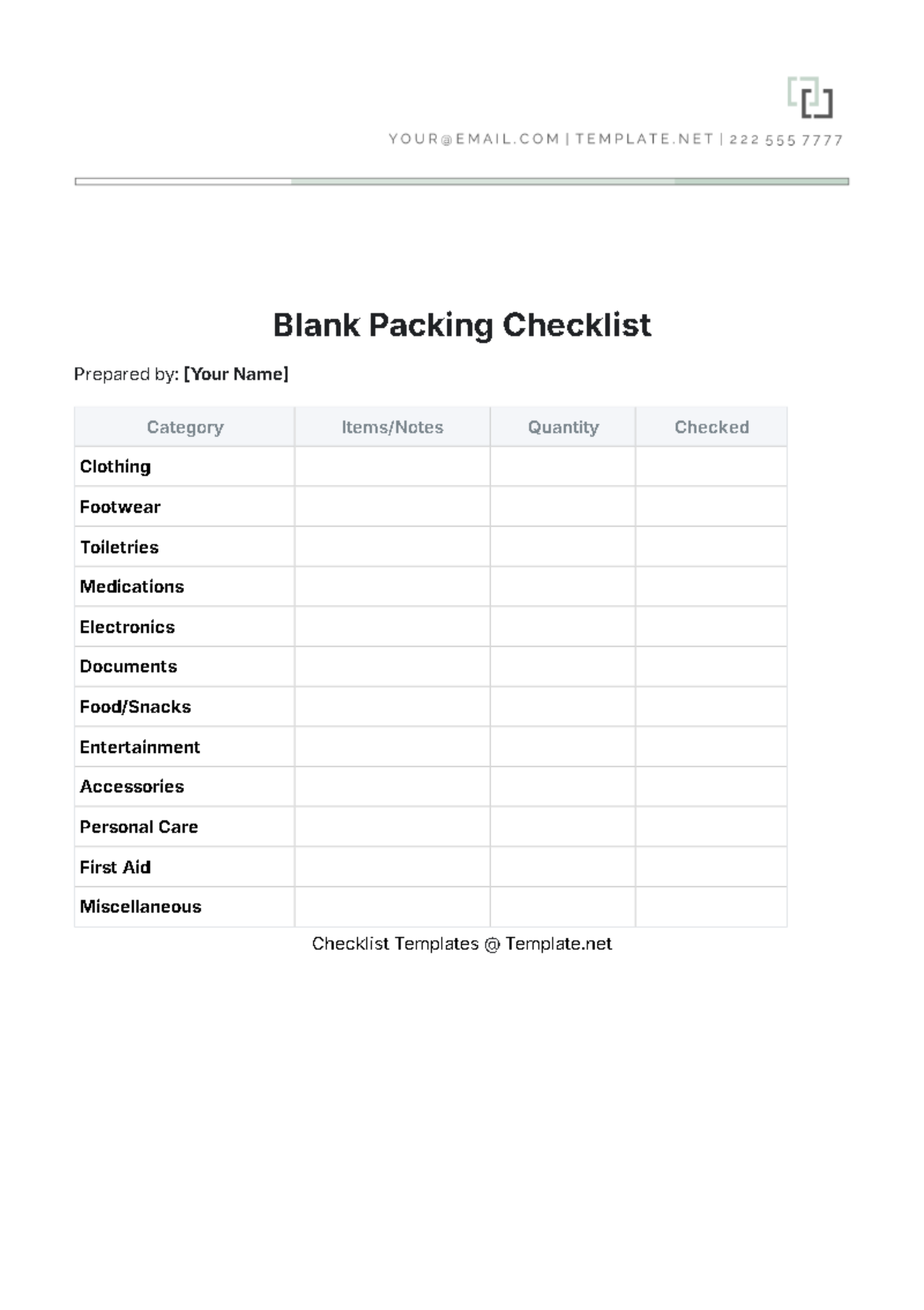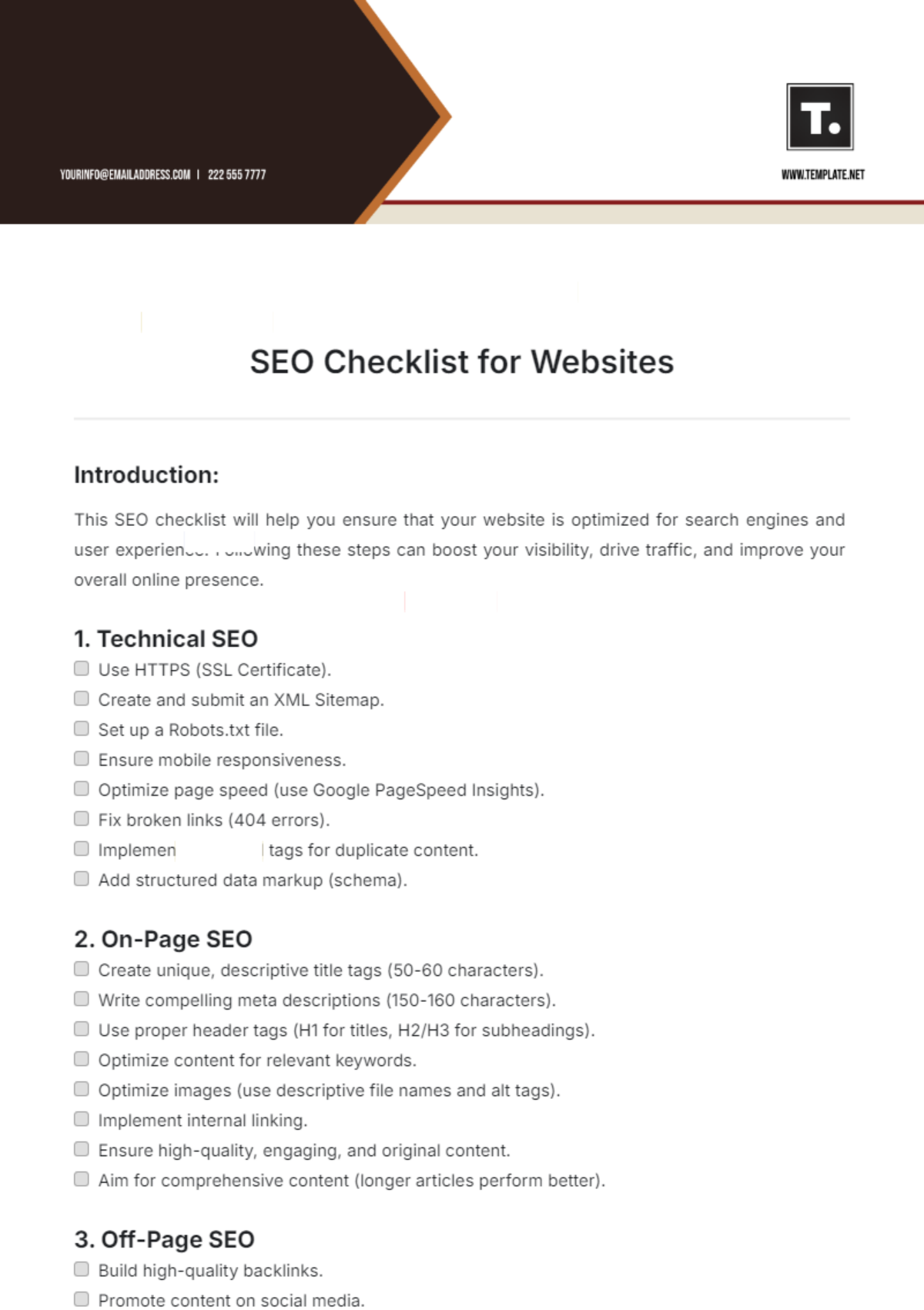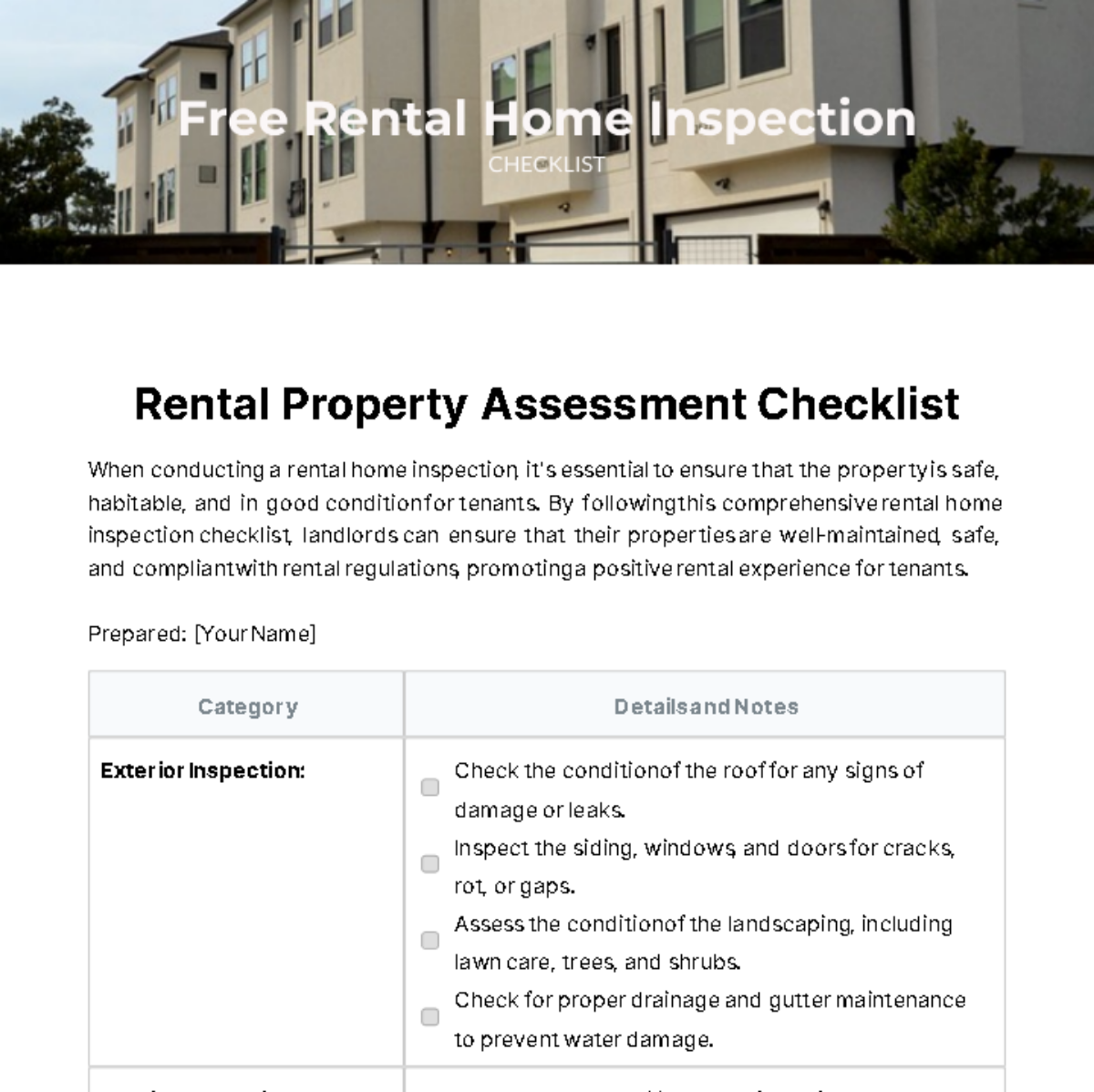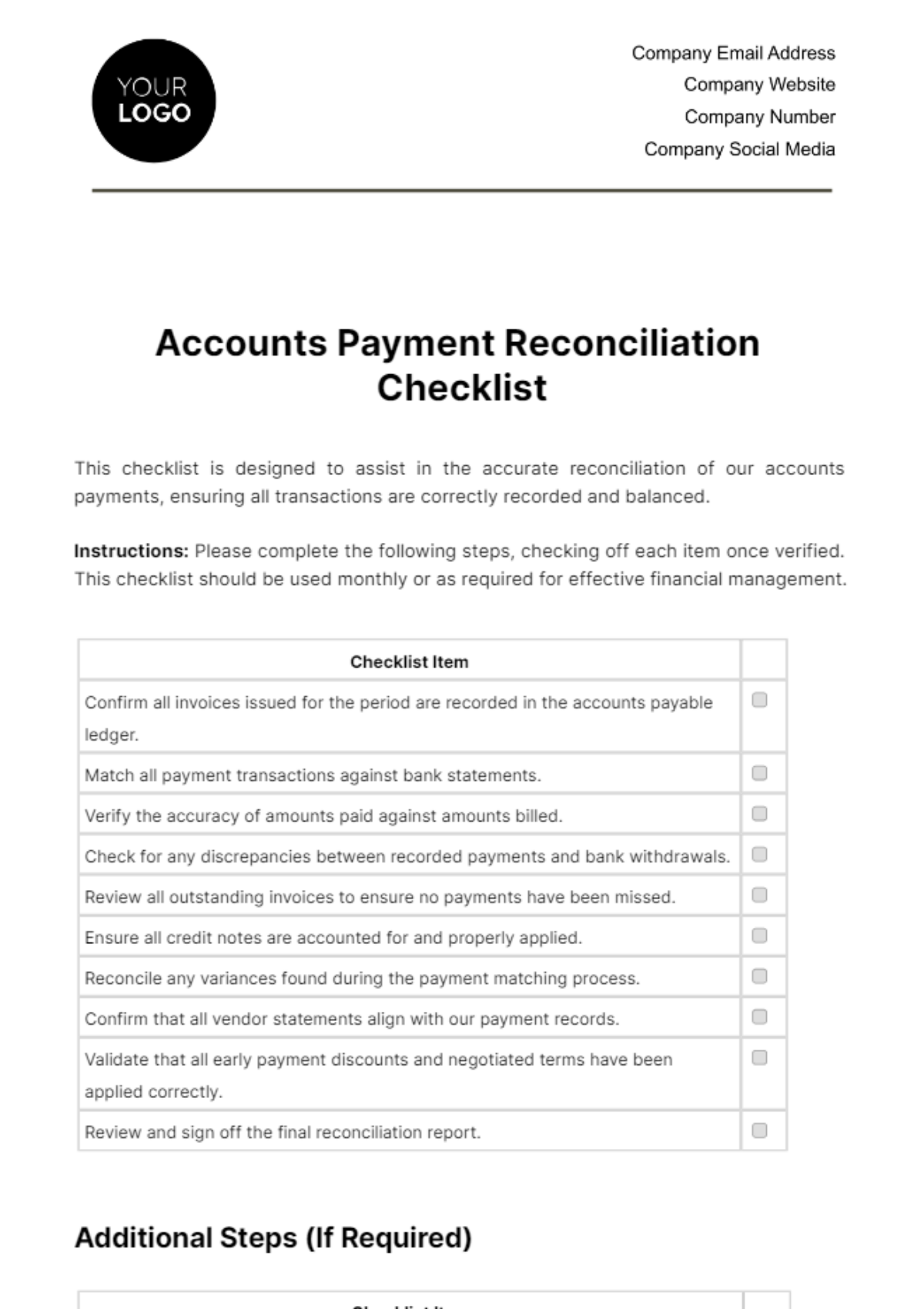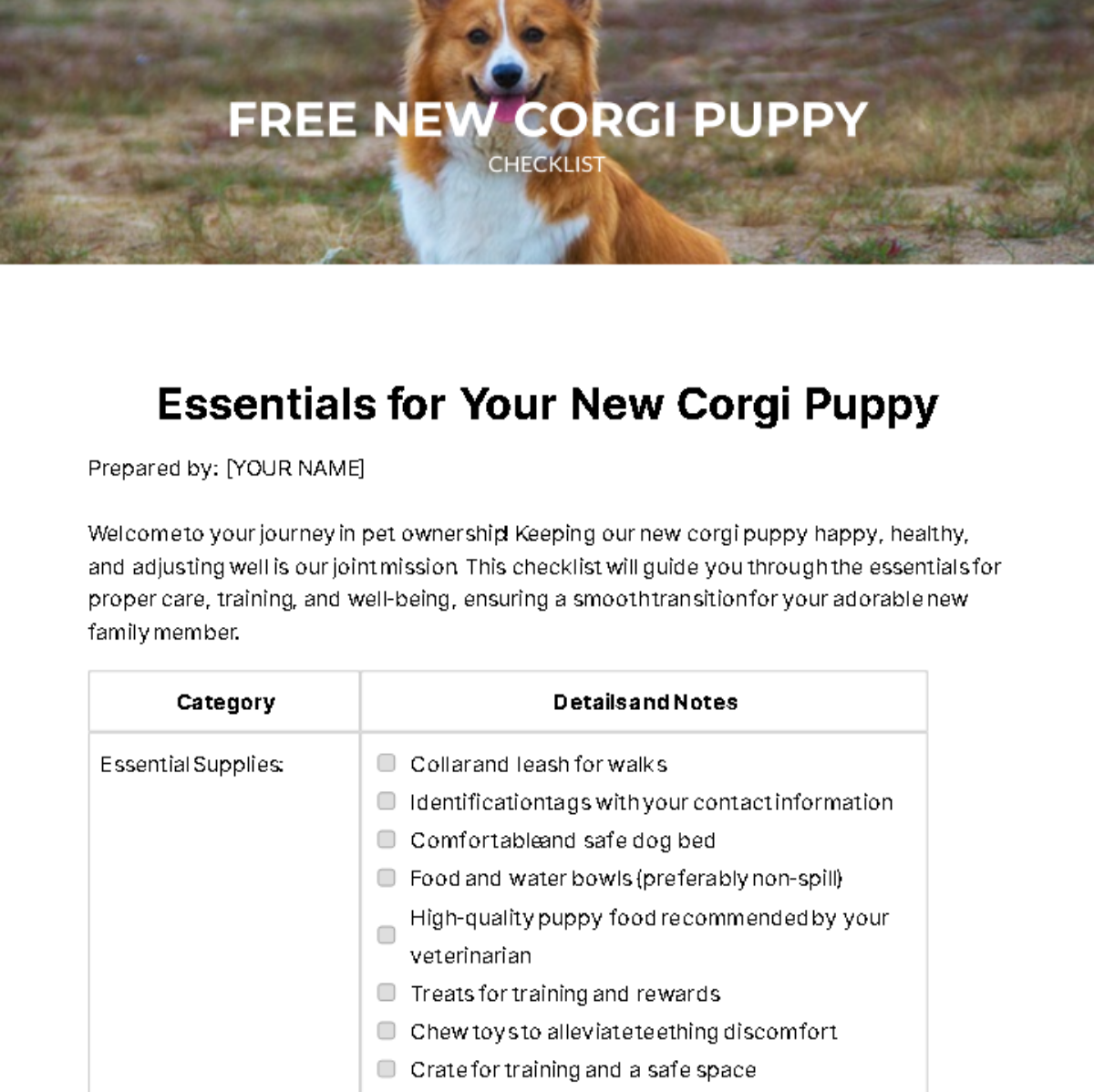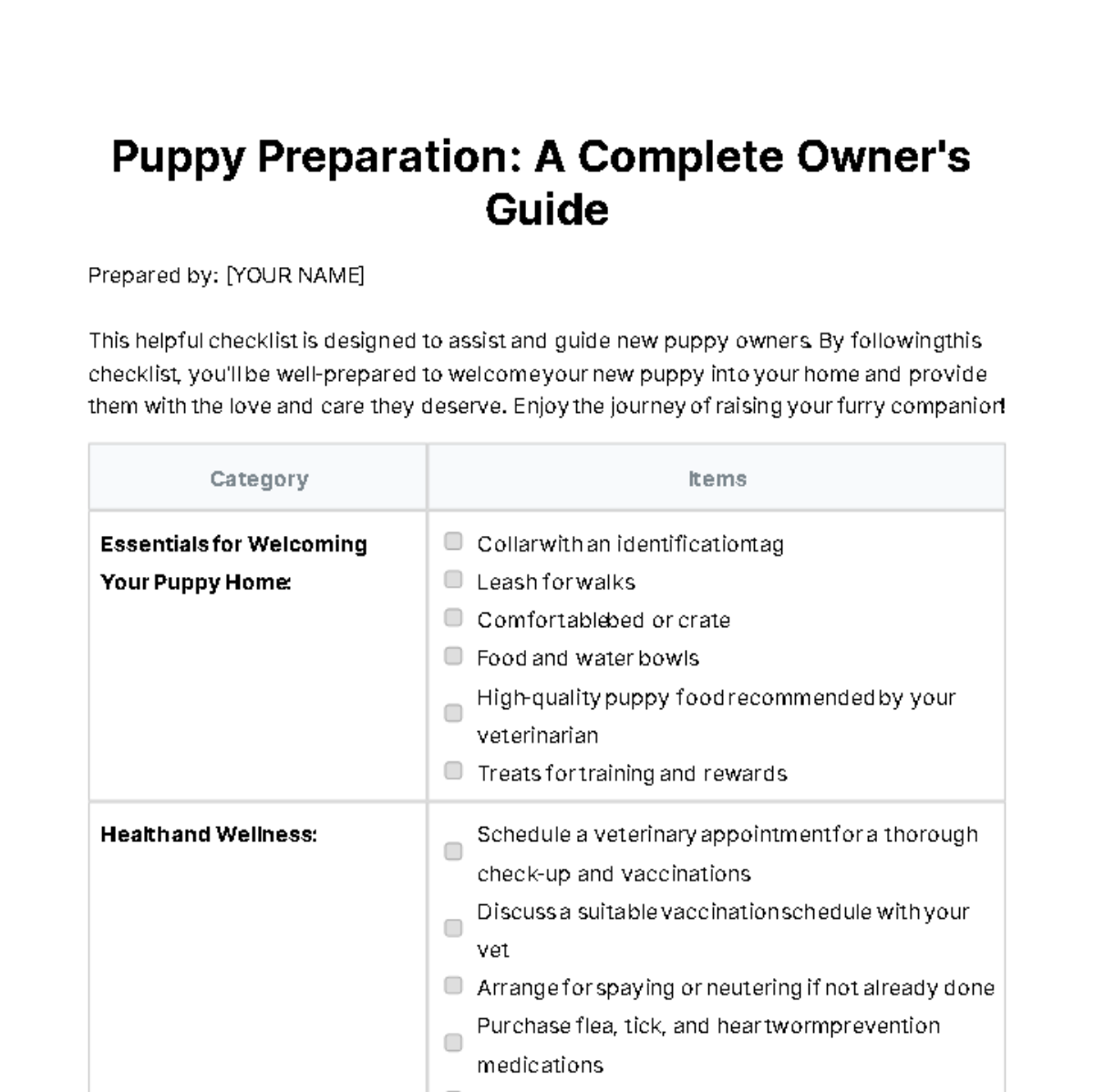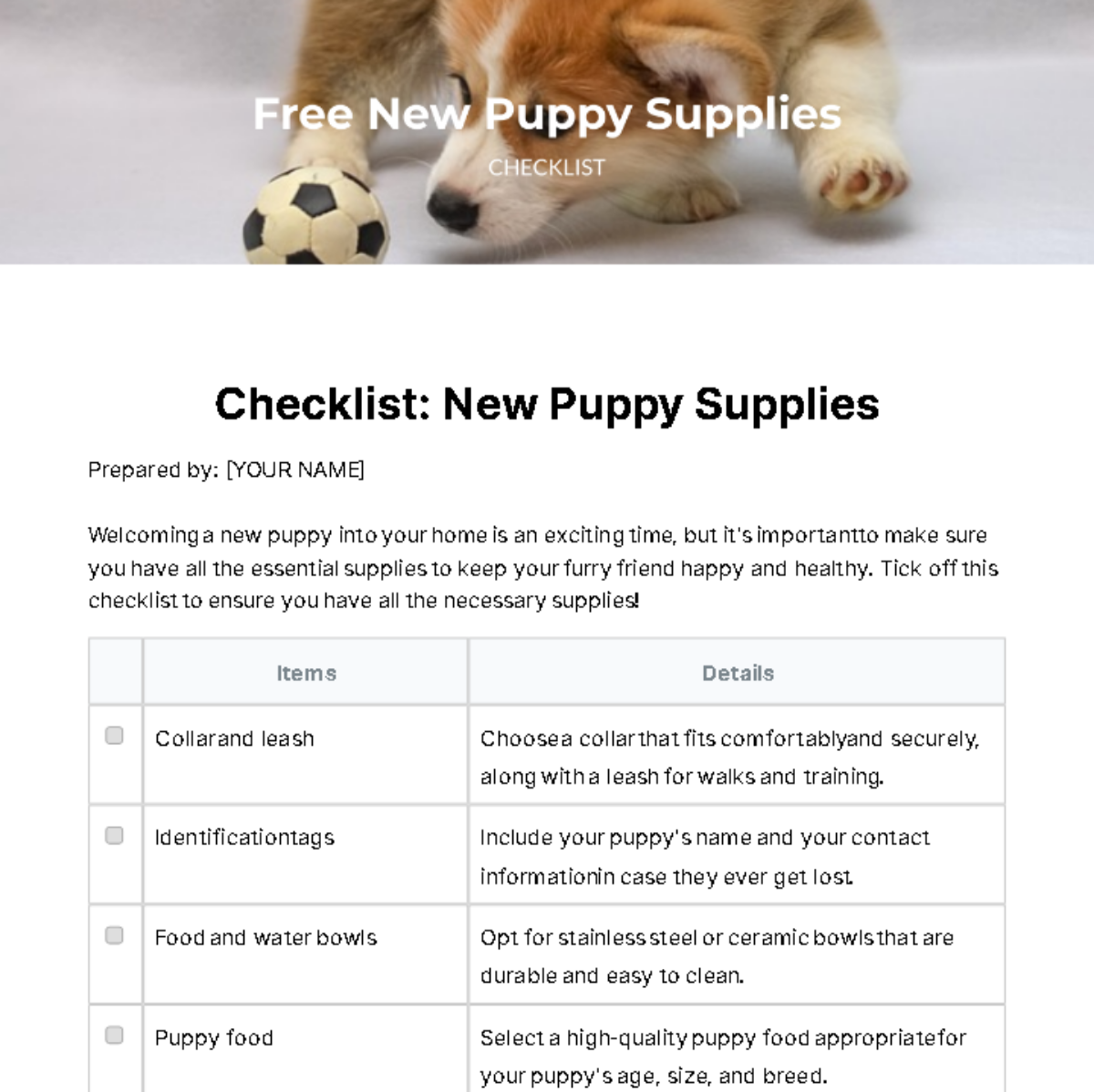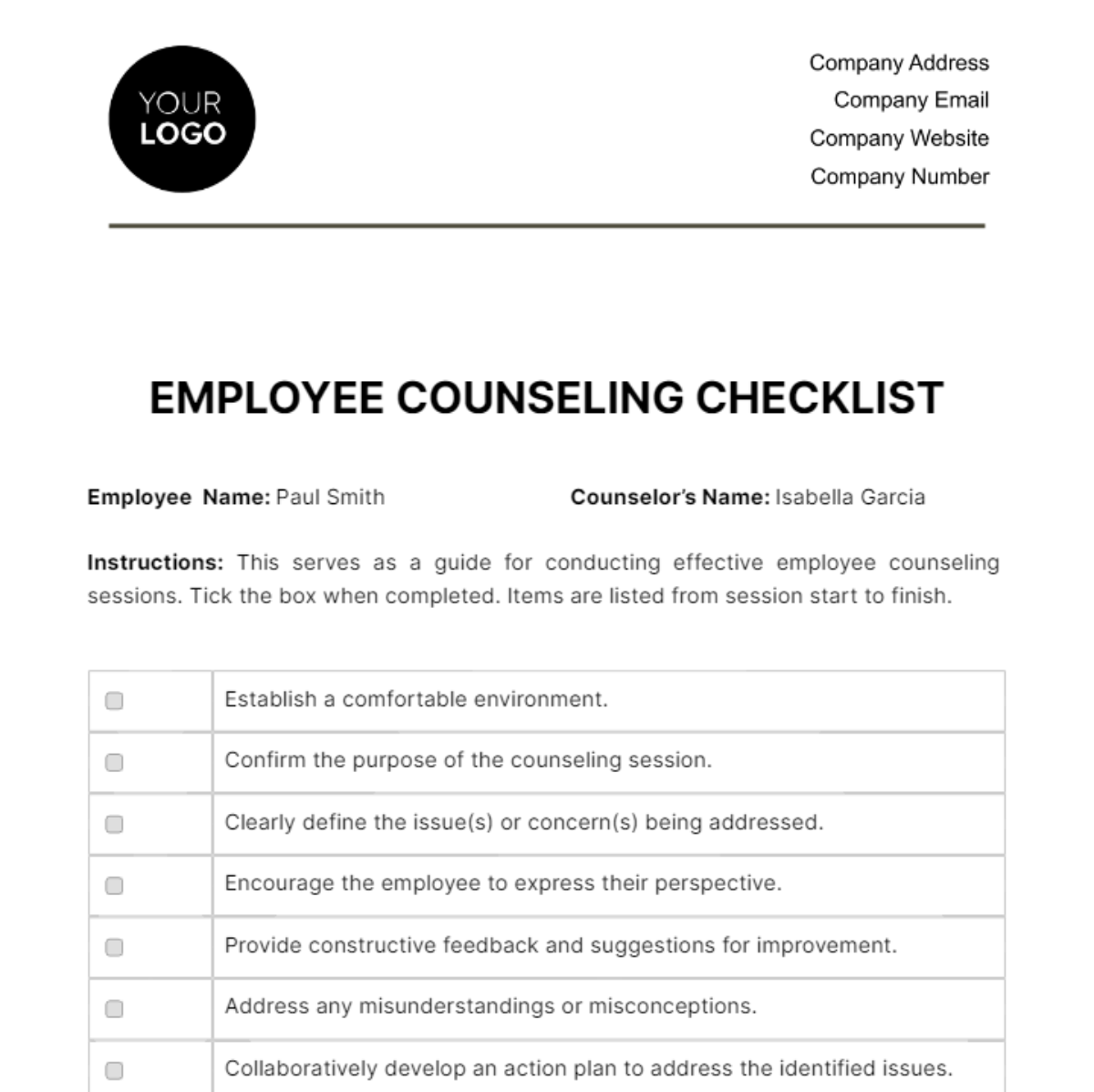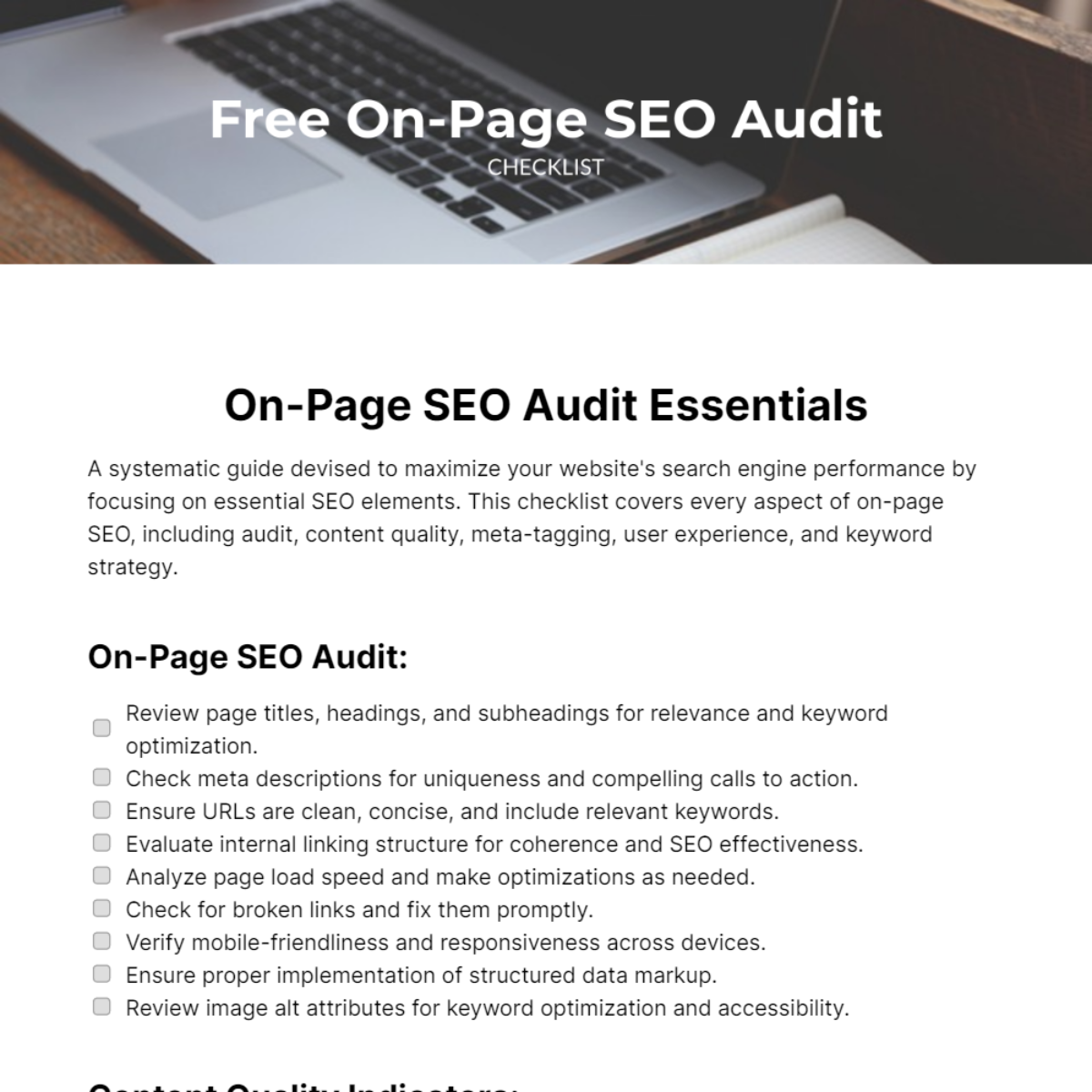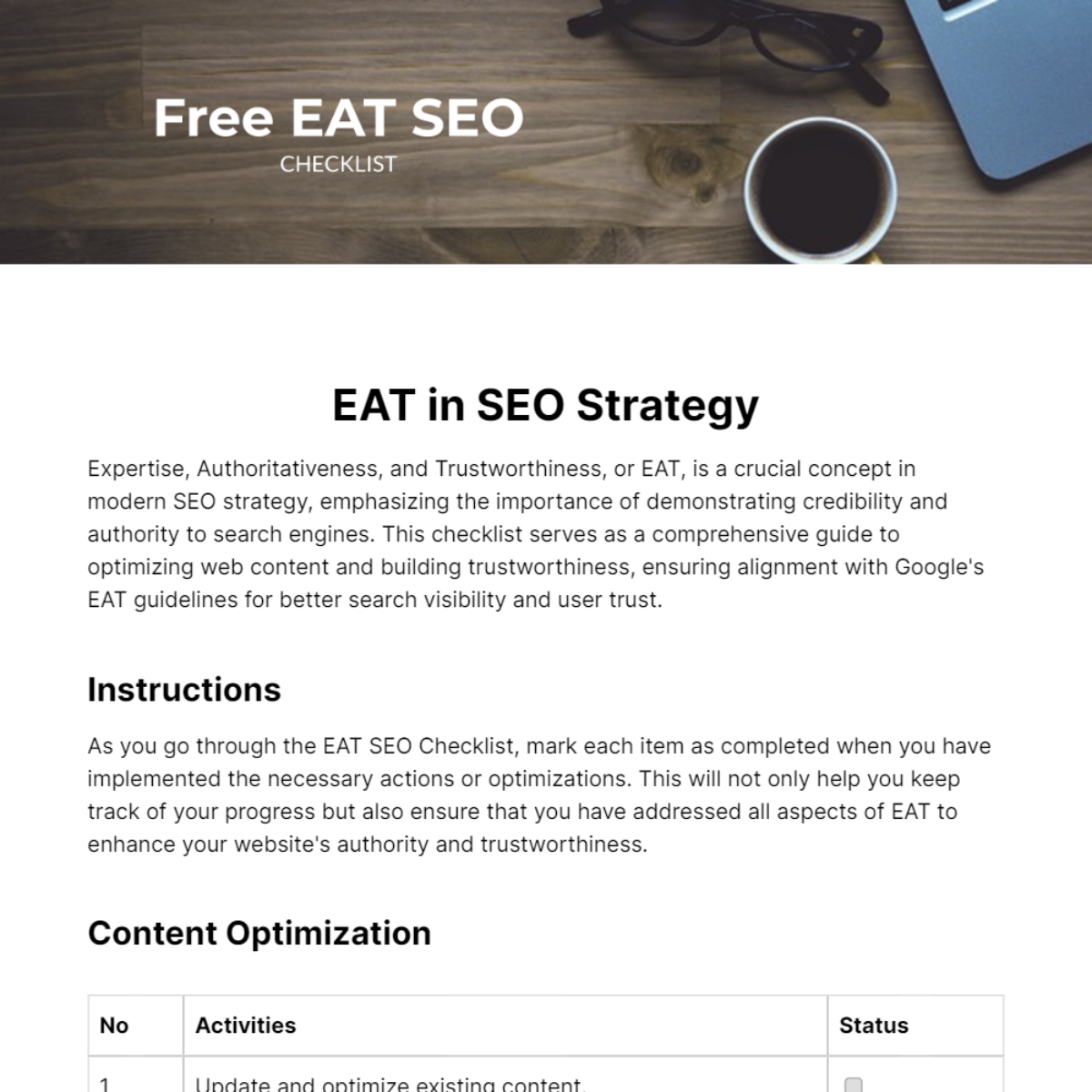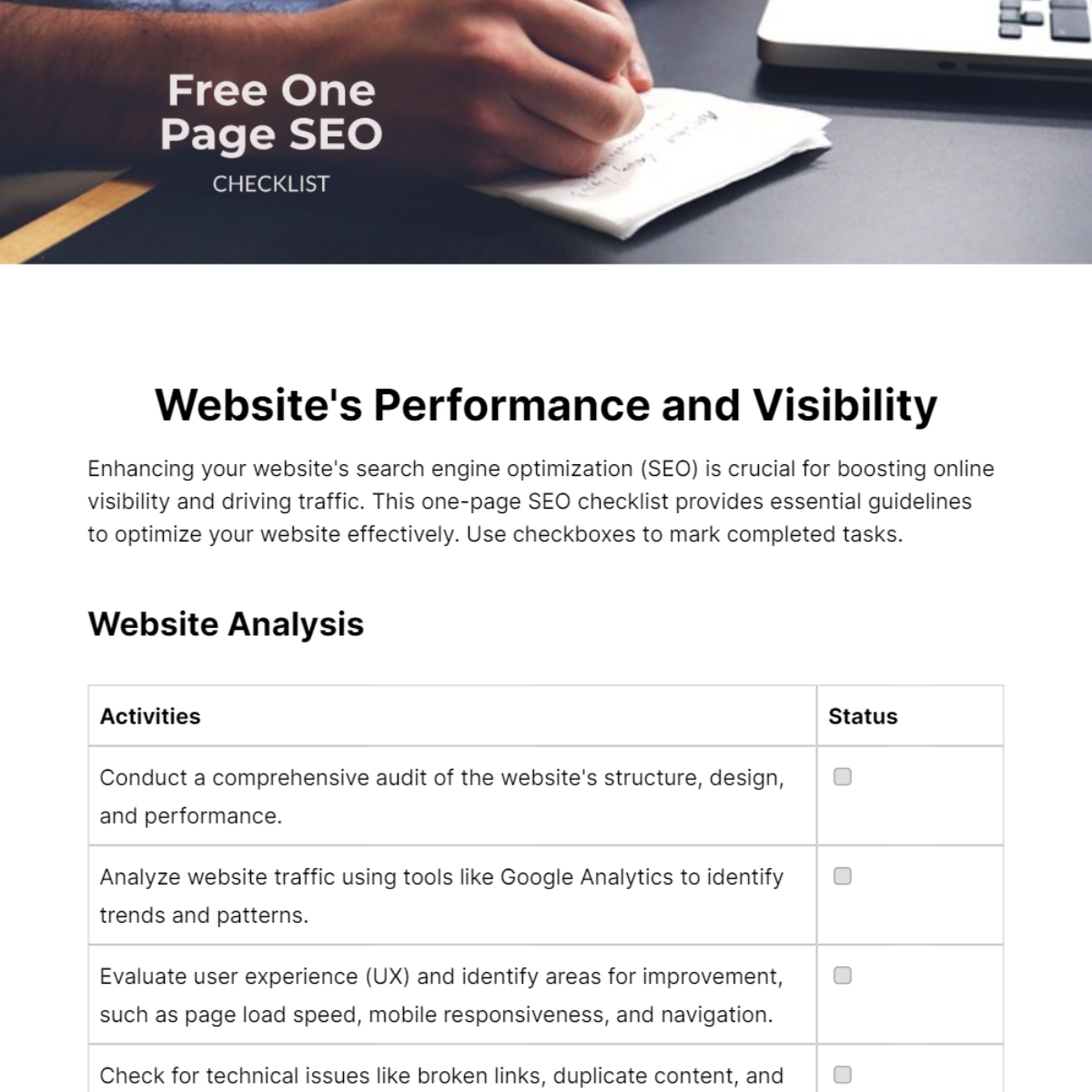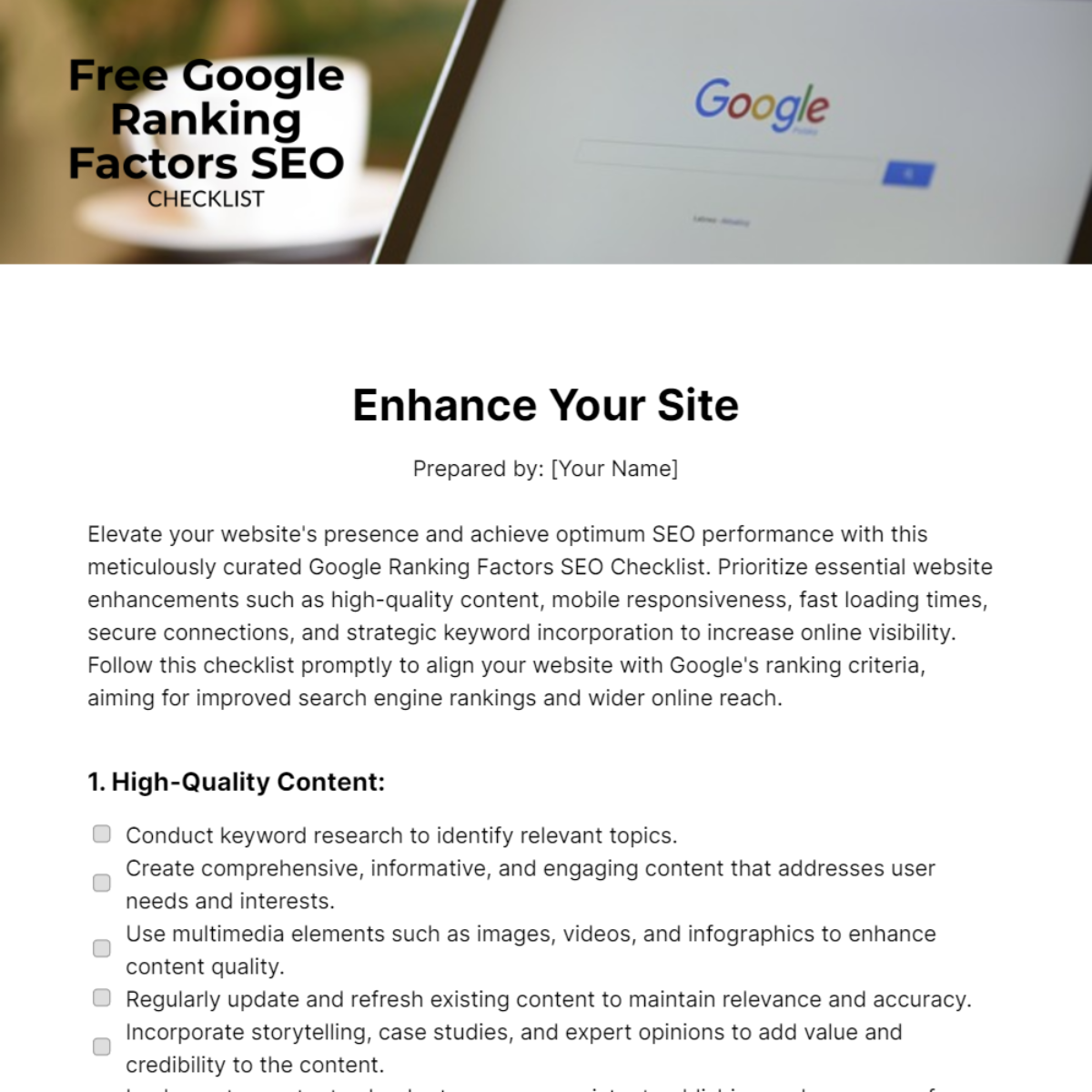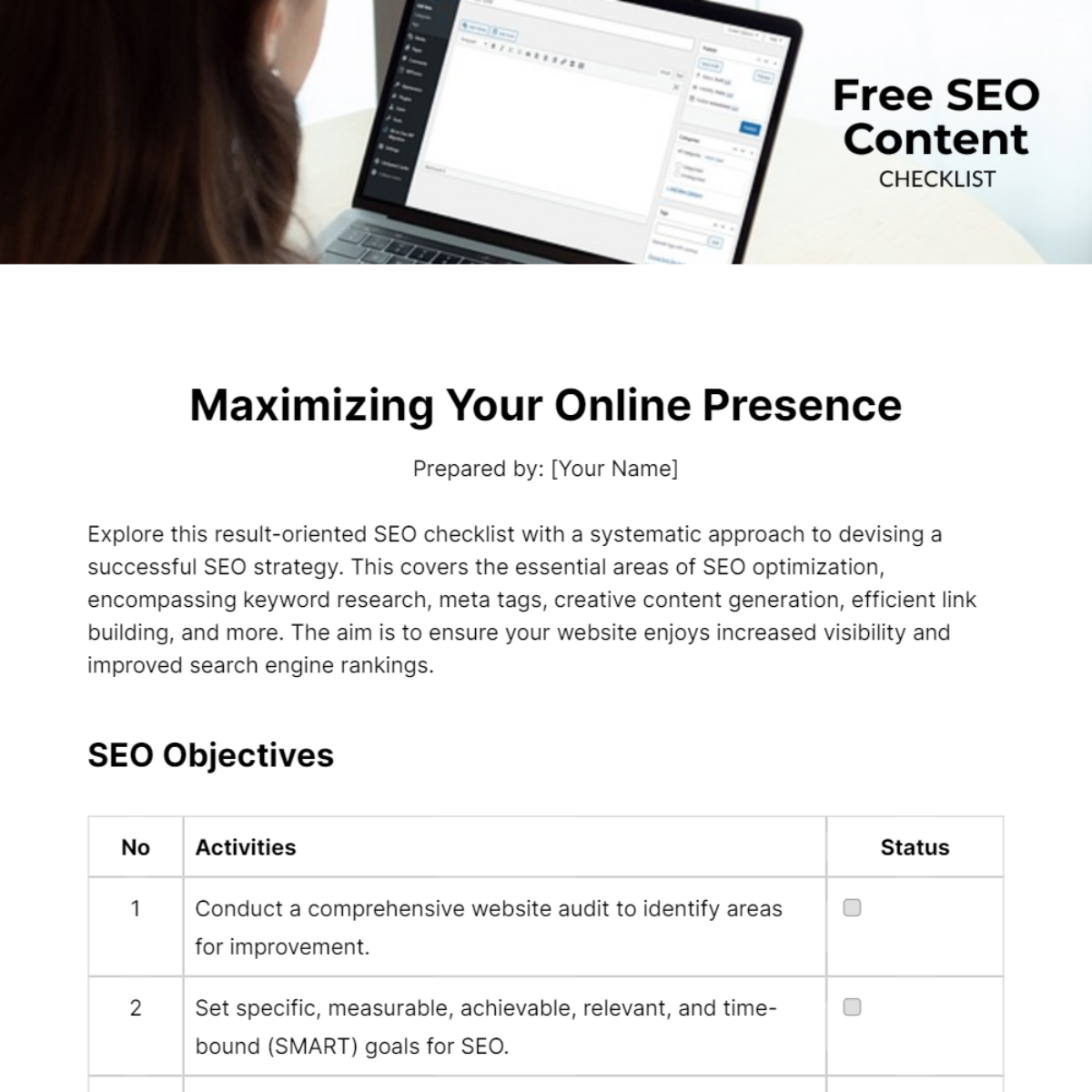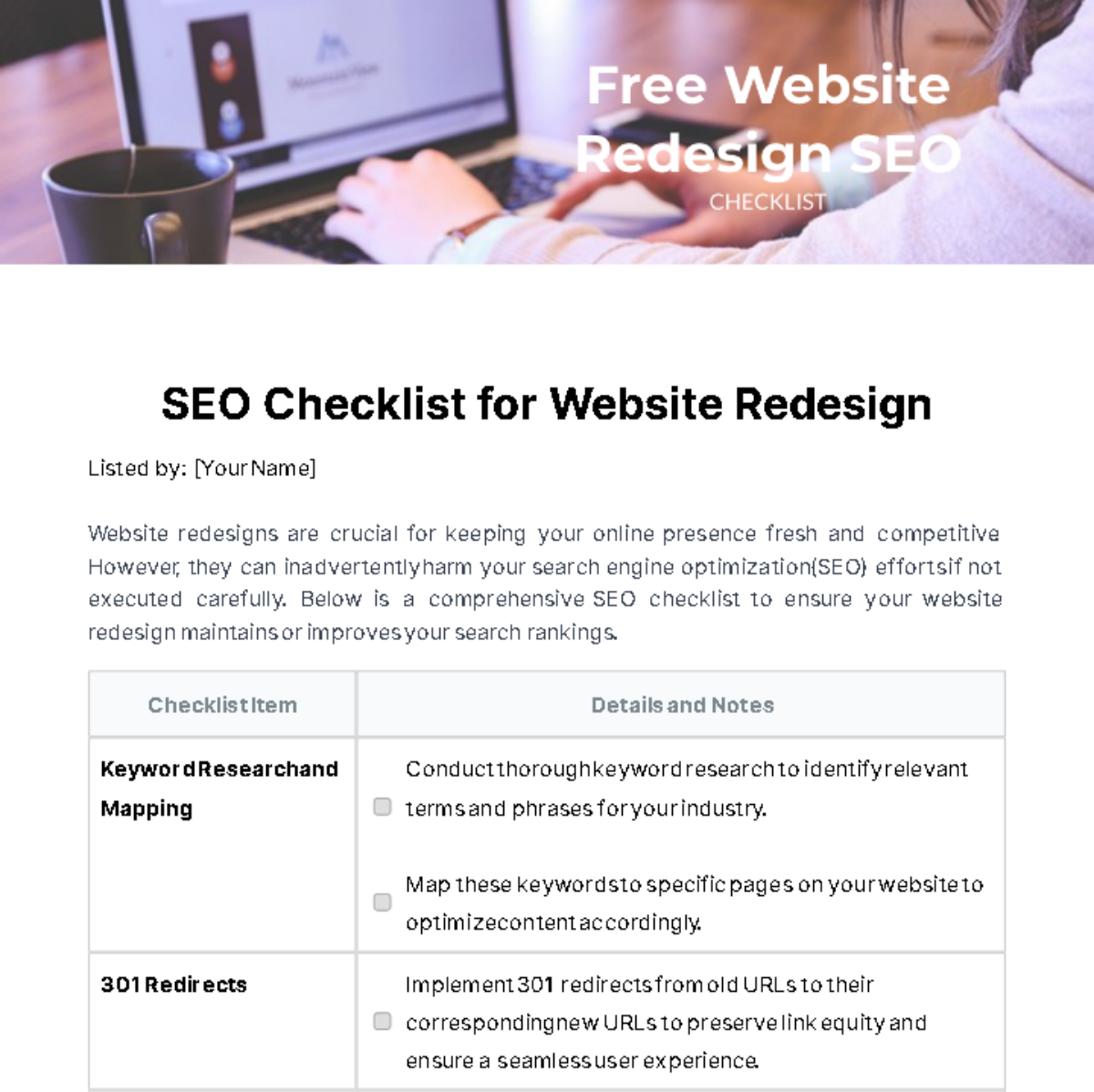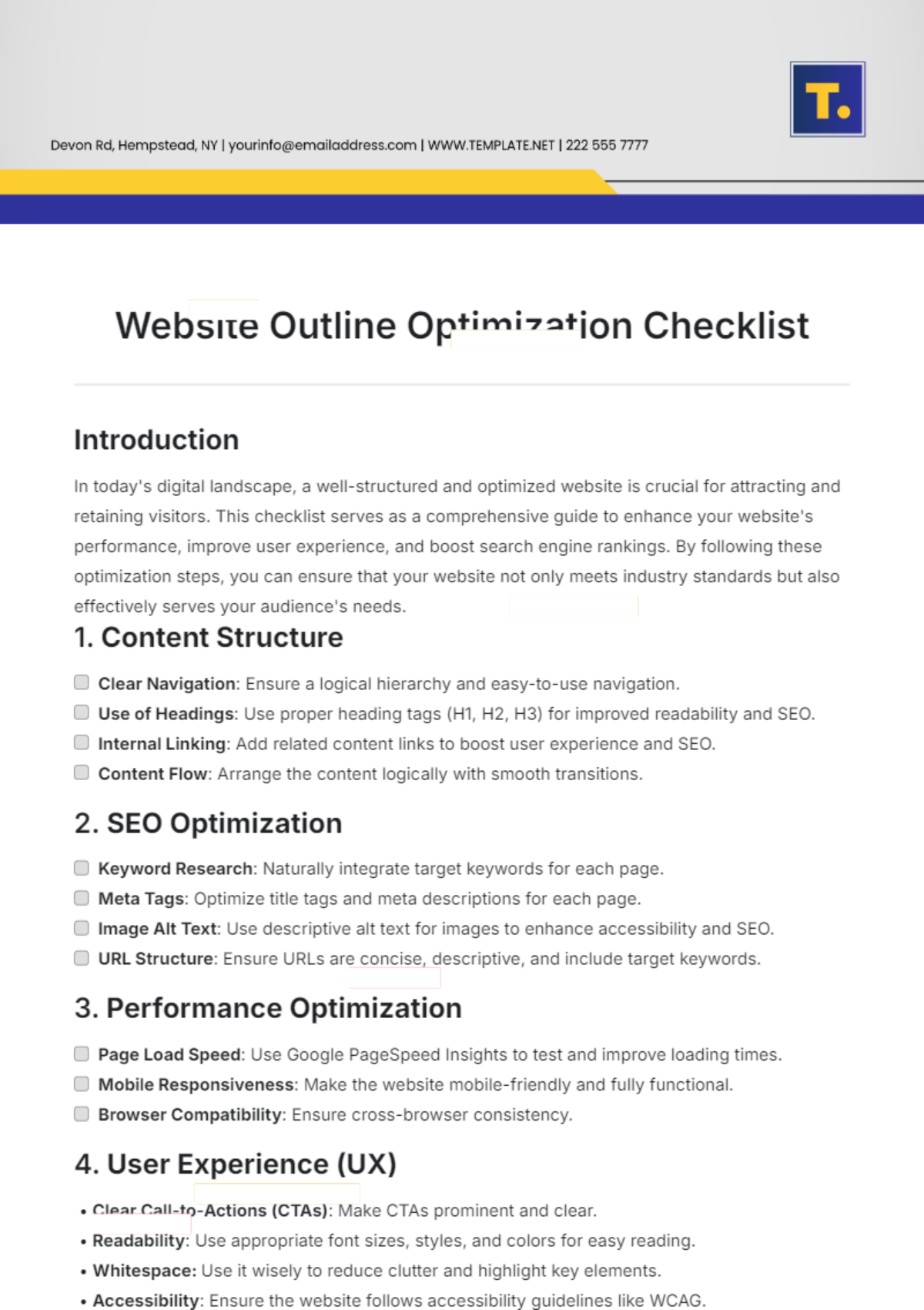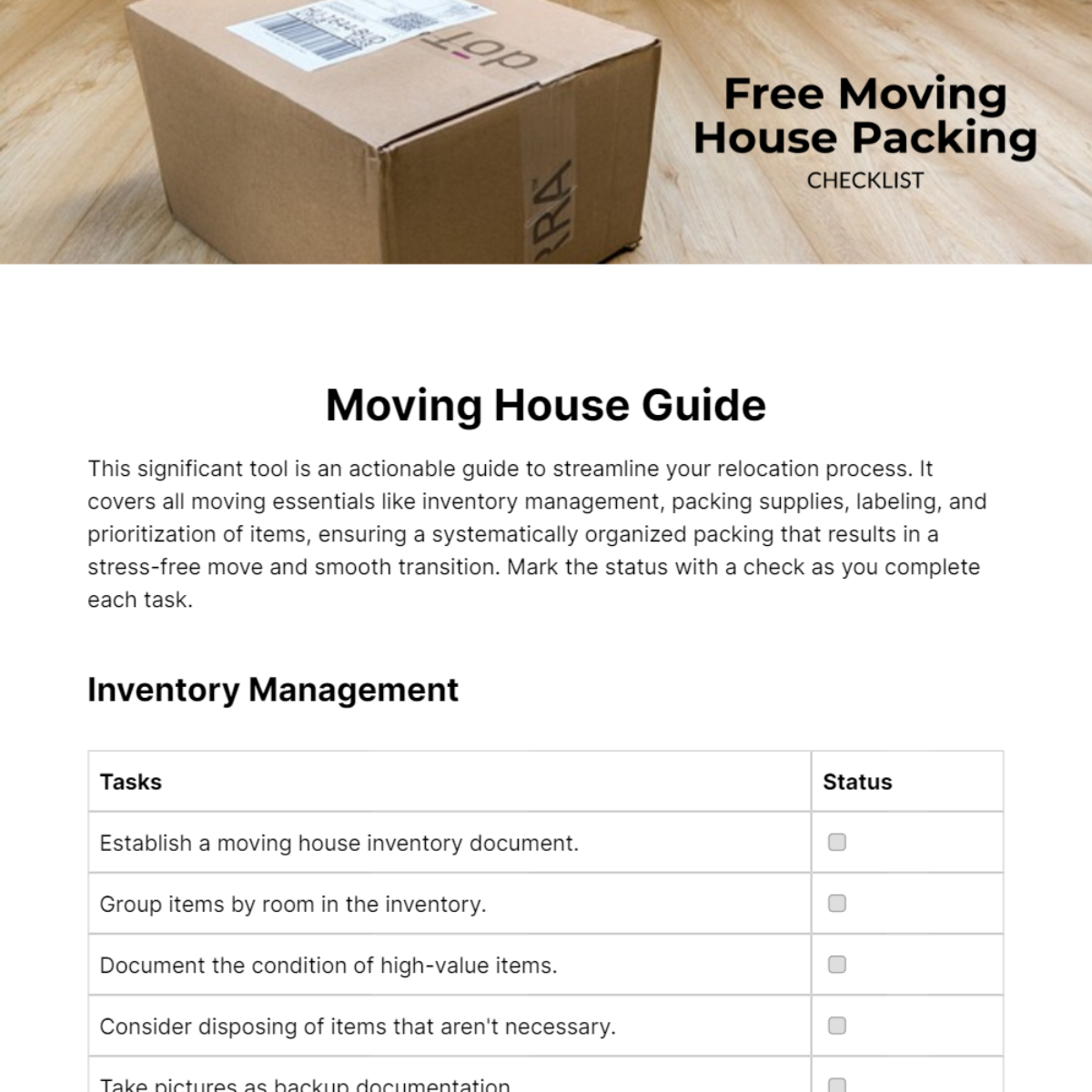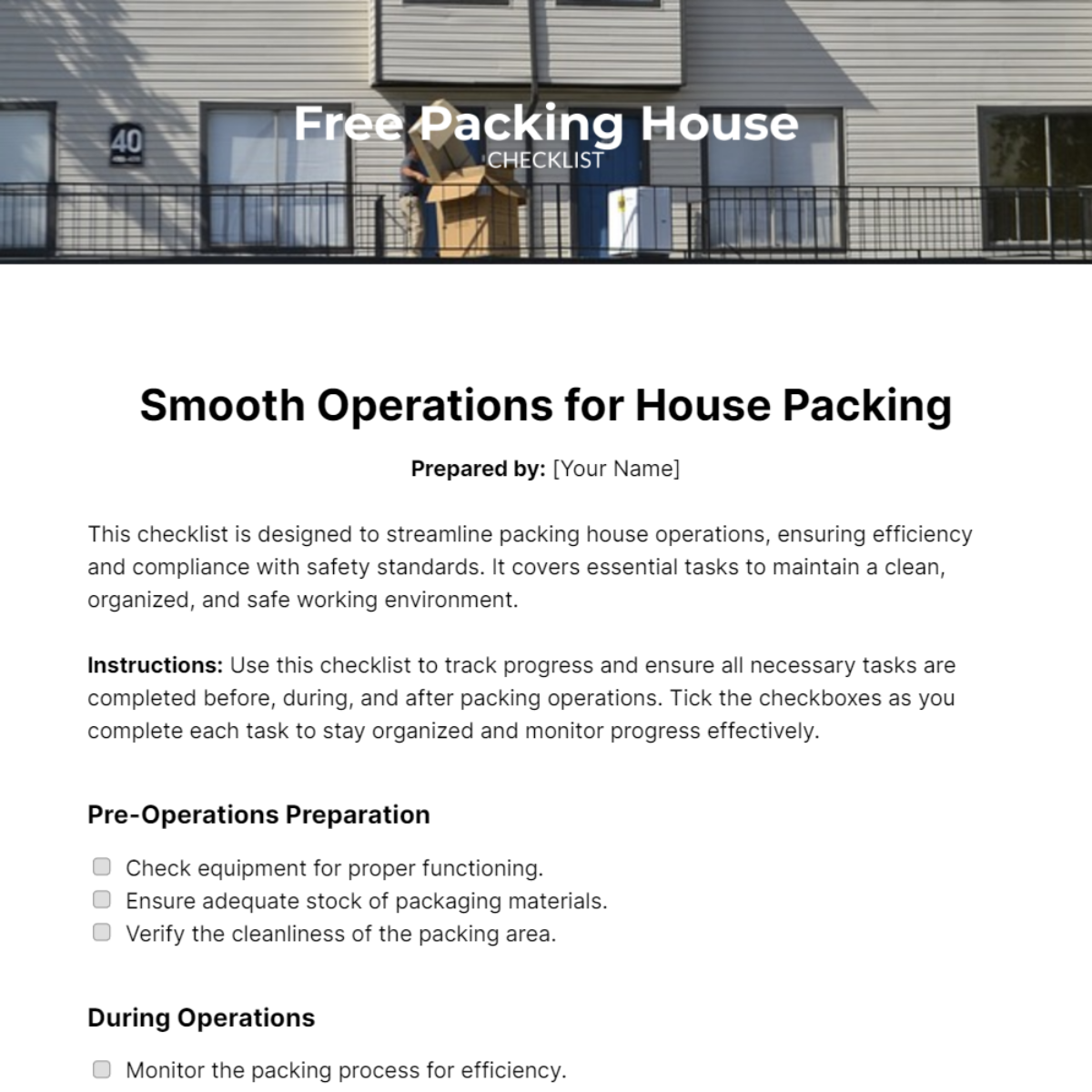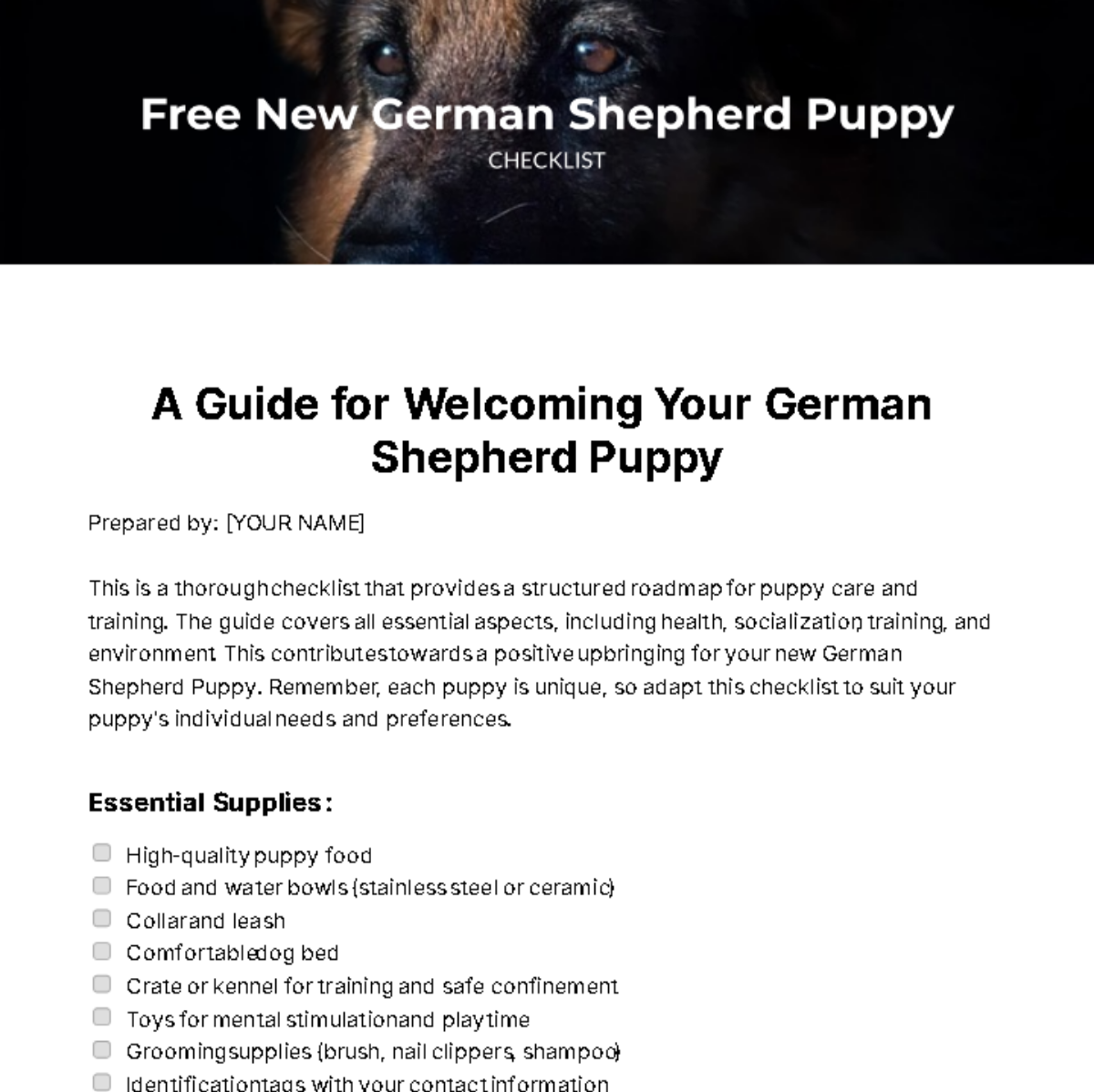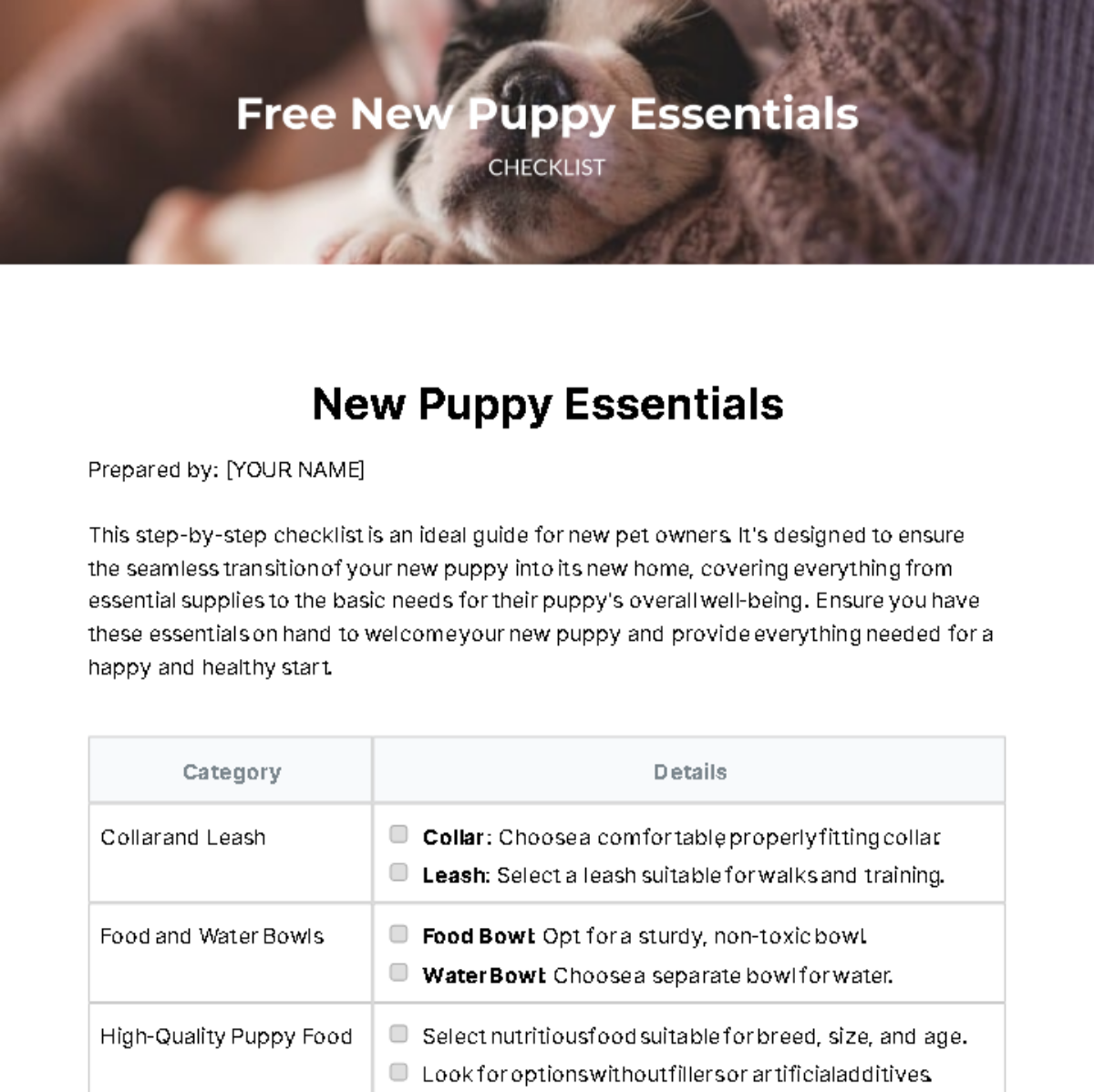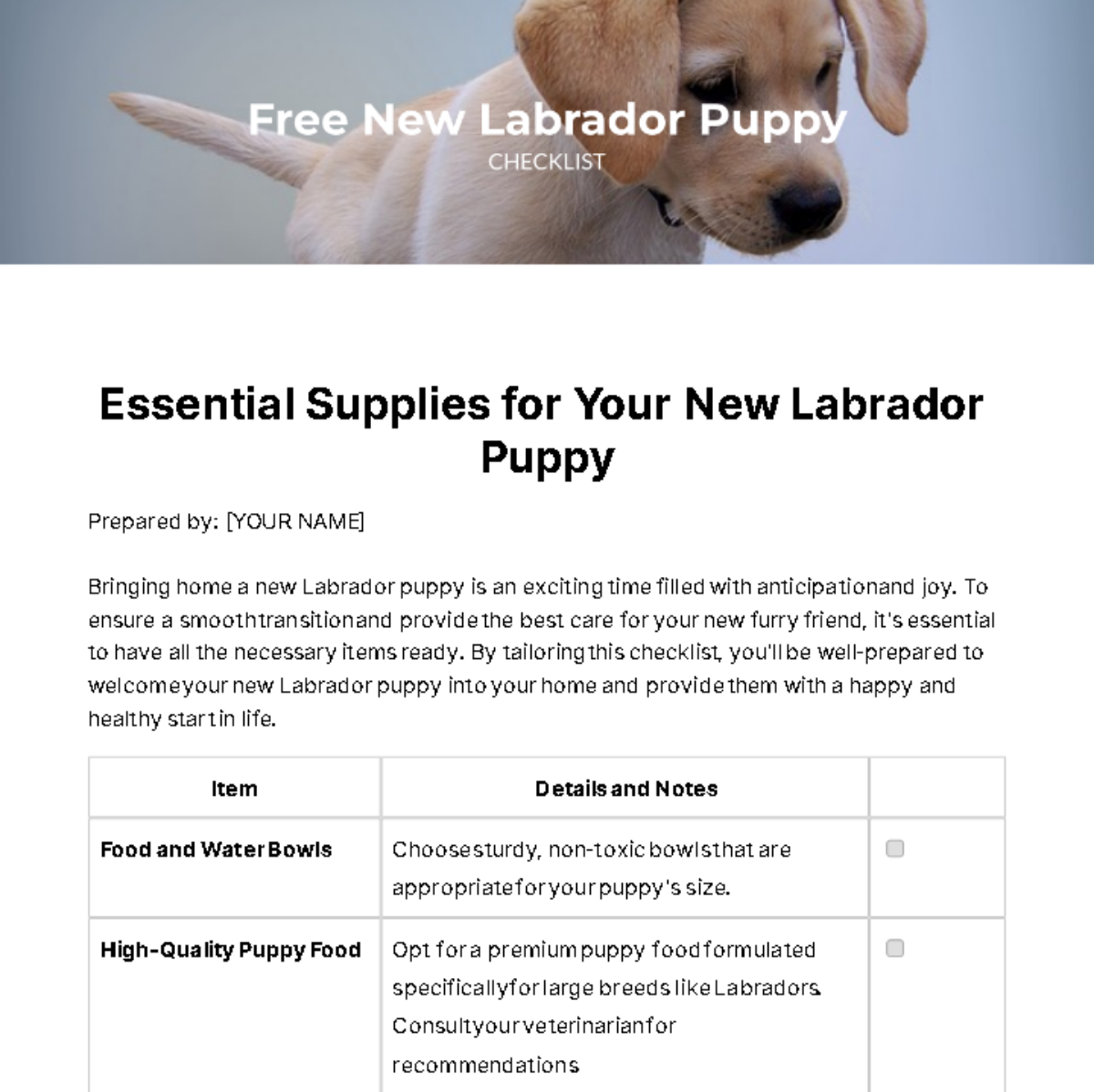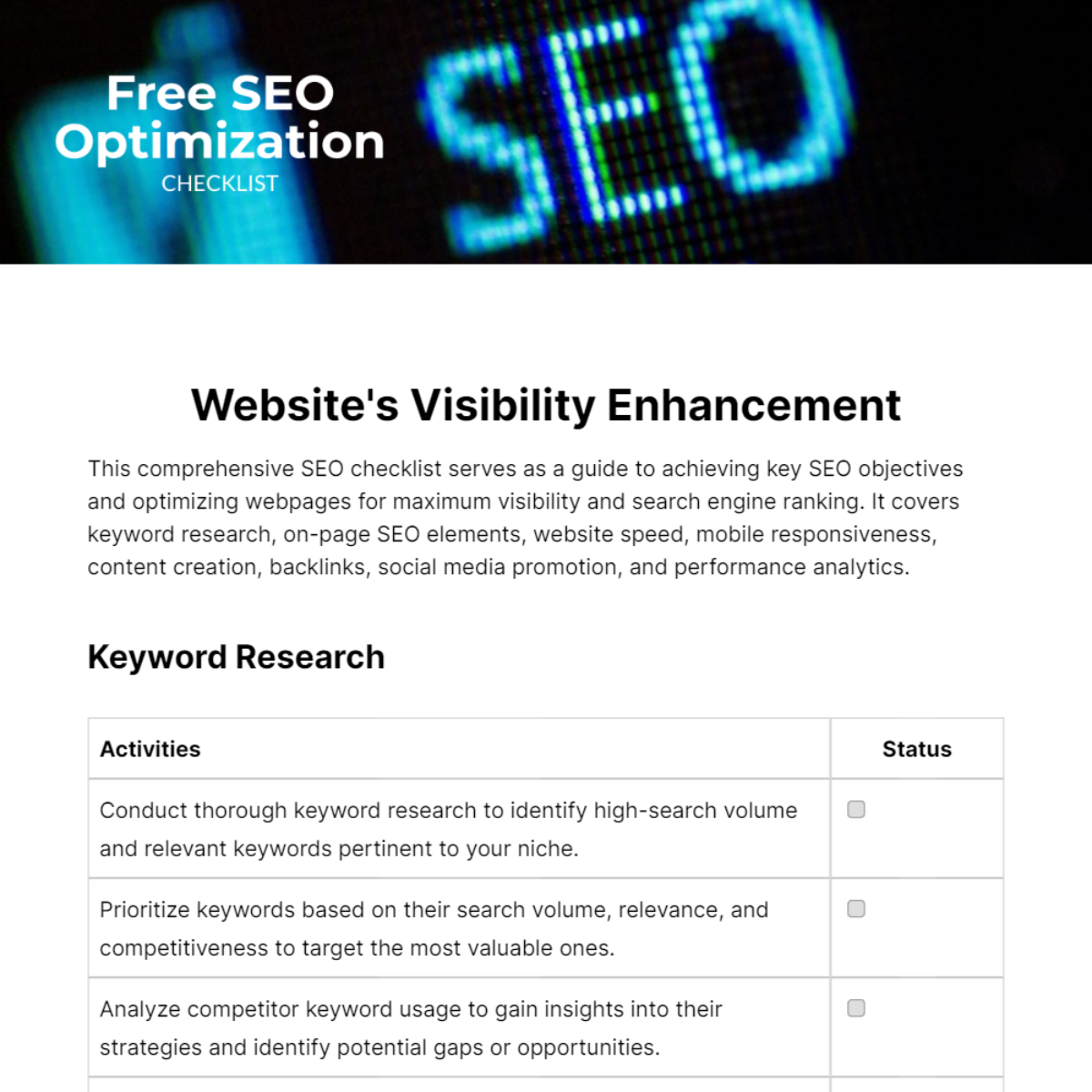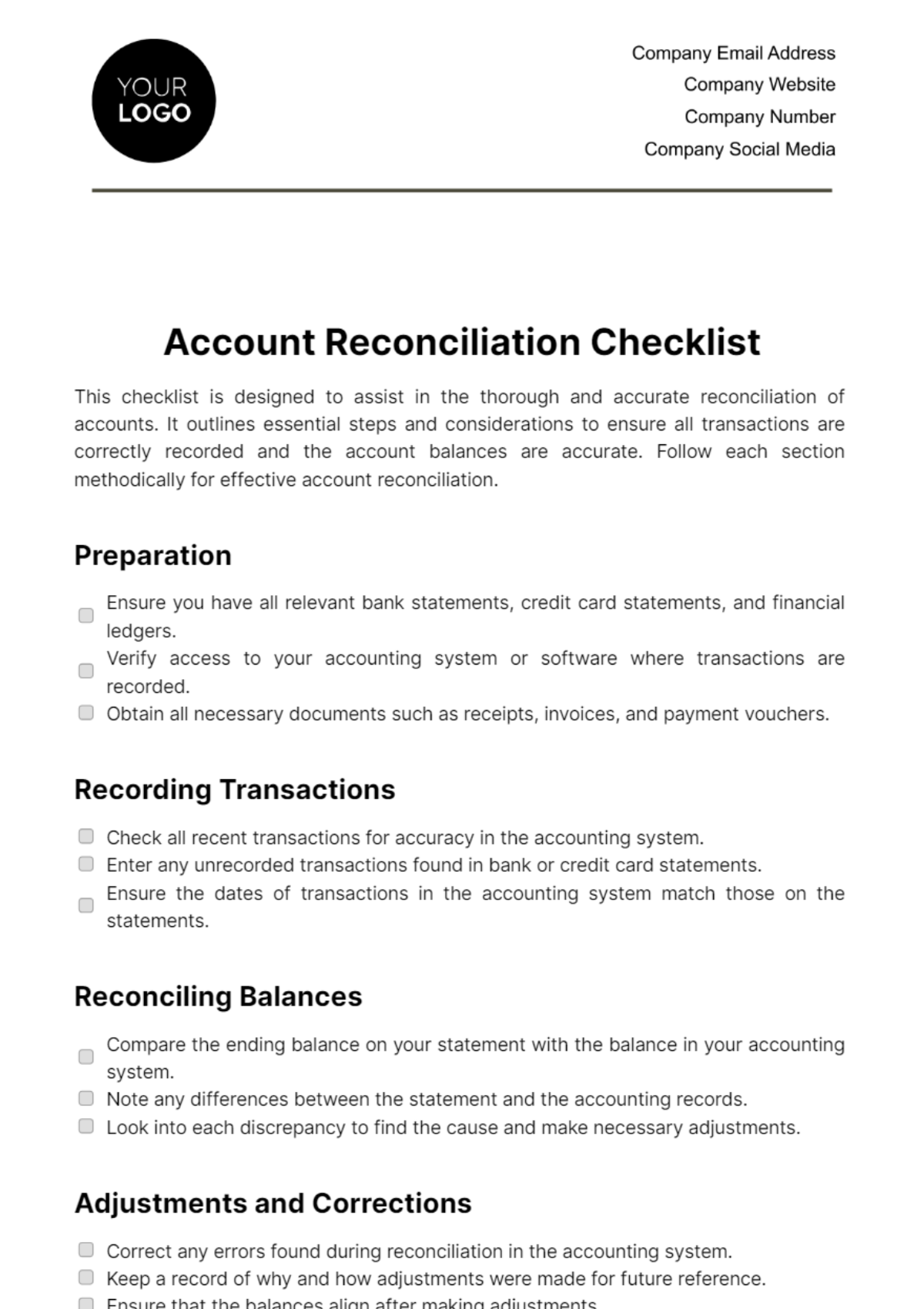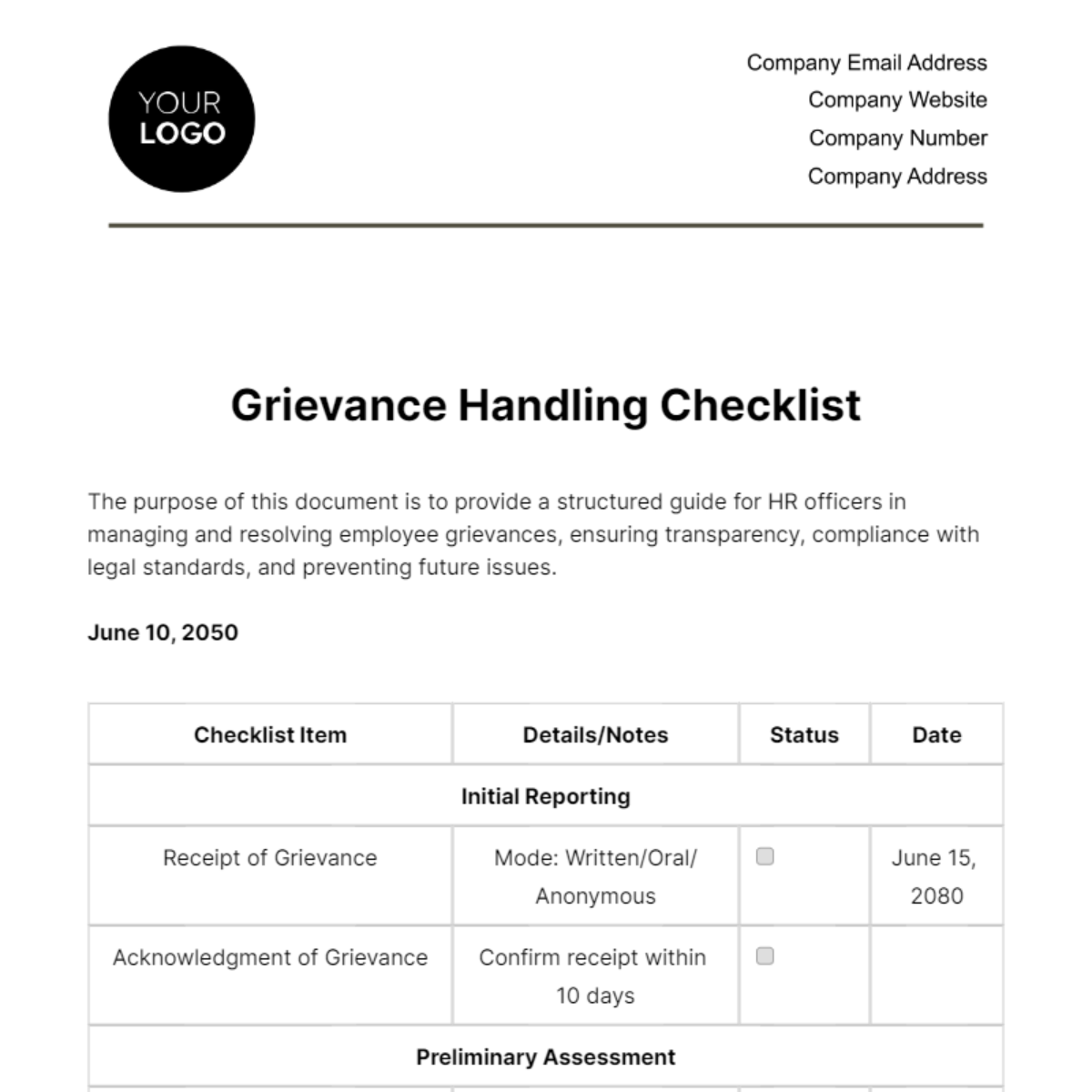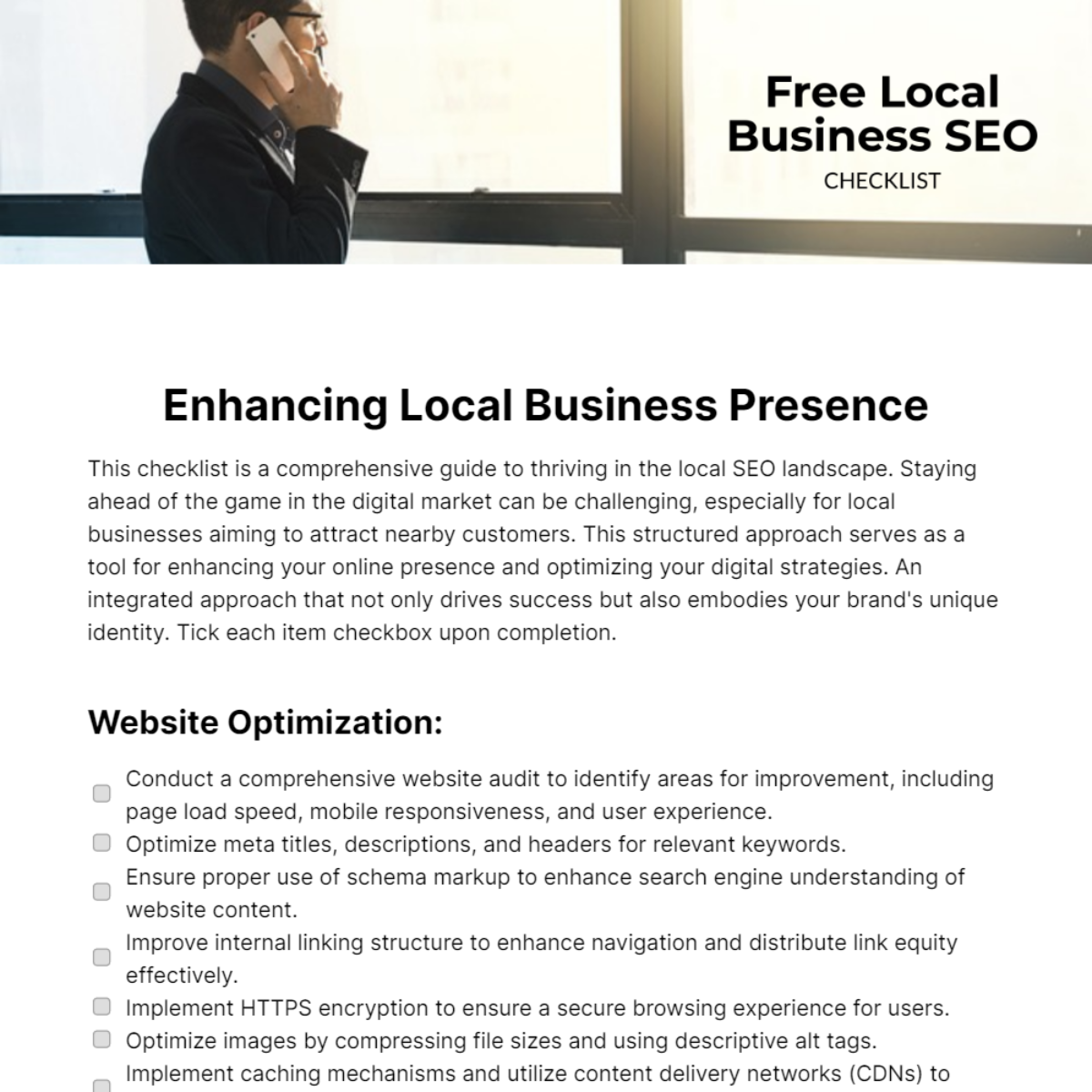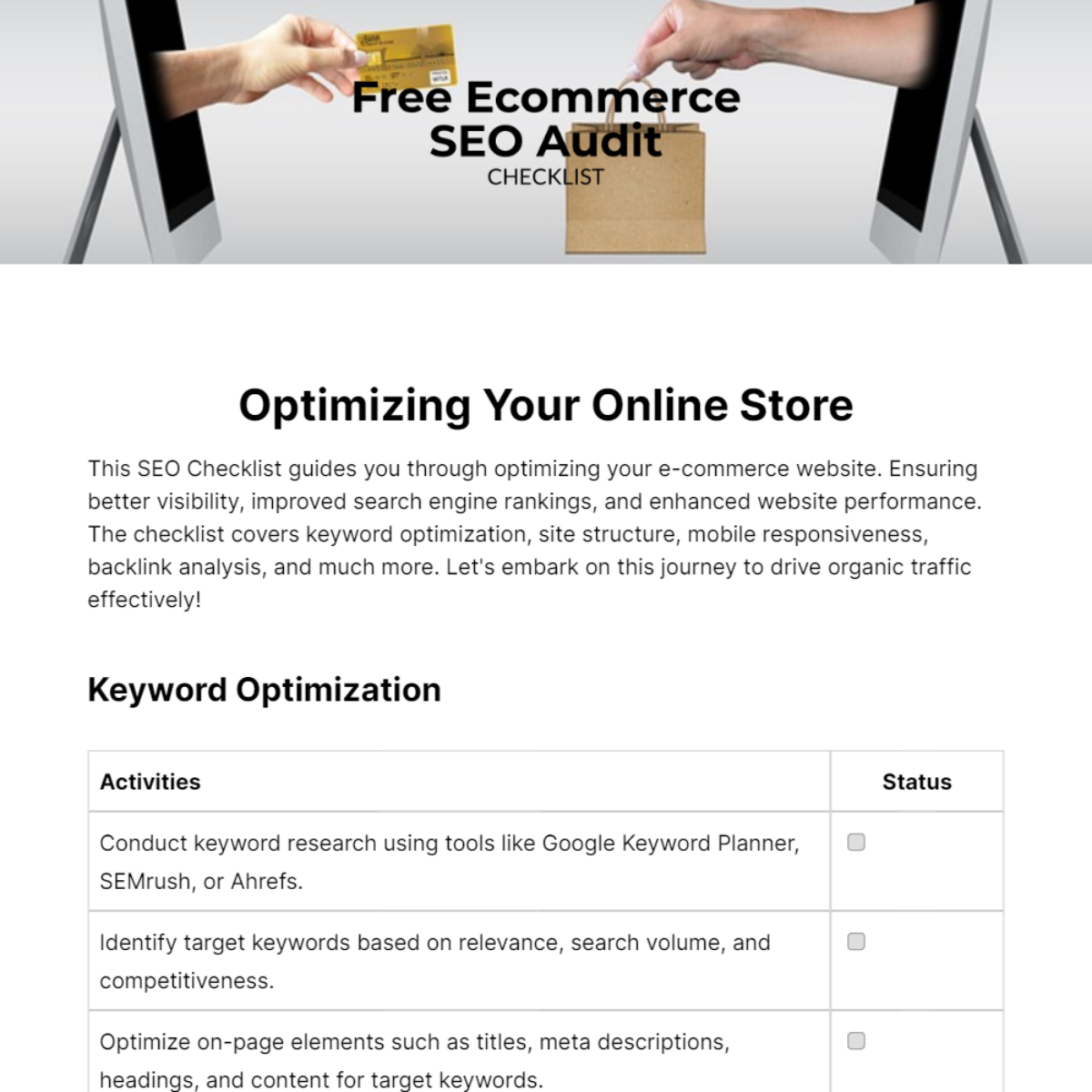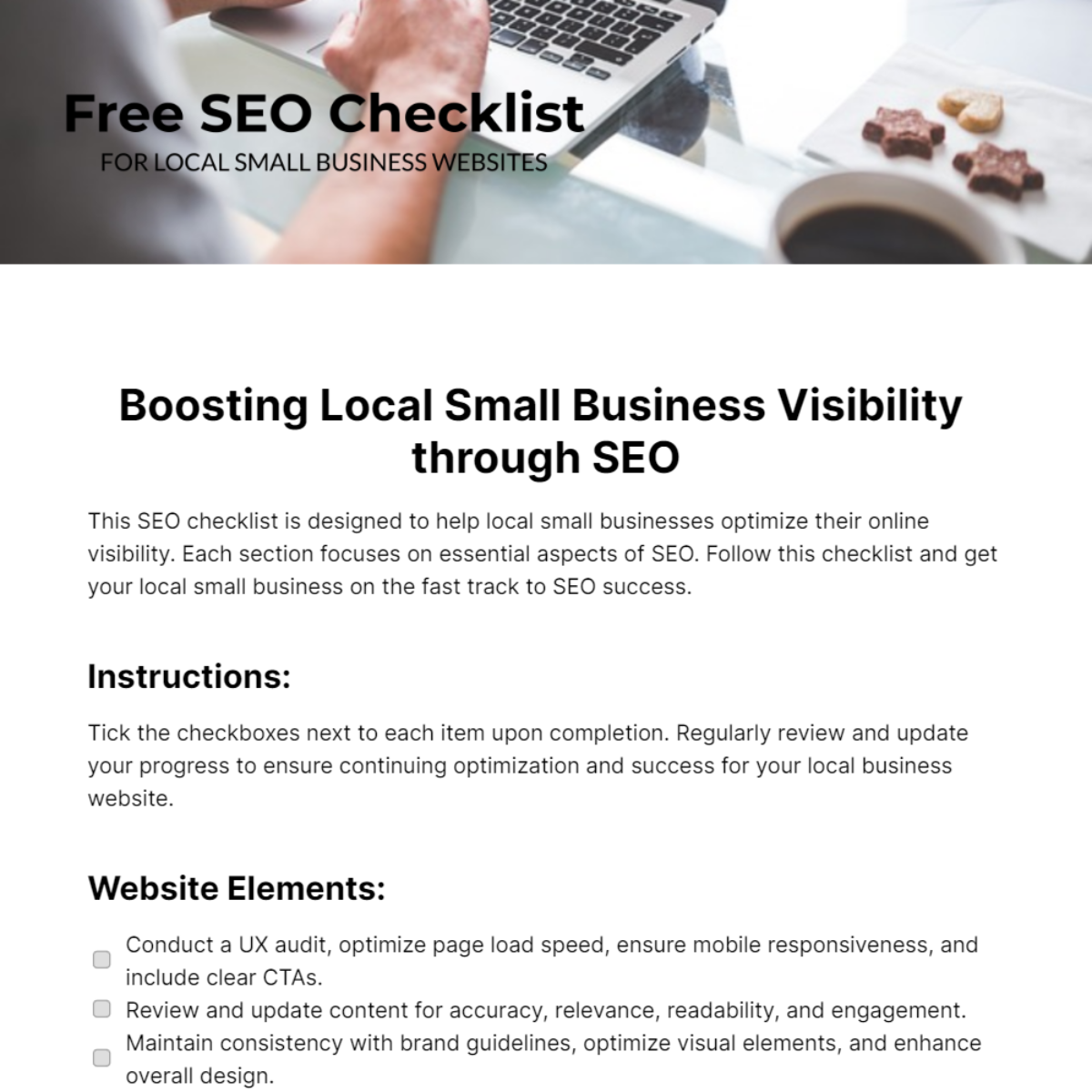On-Page SEO Audit Essentials
A systematic guide devised to maximize your website's search engine performance by focusing on essential SEO elements. This checklist covers every aspect of on-page SEO, including audit, content quality, meta-tagging, user experience, and keyword strategy.
On-Page SEO Audit:
Review page titles, headings, and subheadings for relevance and keyword optimization.
Check meta descriptions for uniqueness and compelling calls to action.
Ensure URLs are clean, concise, and include relevant keywords.
Evaluate internal linking structure for coherence and SEO effectiveness.
Analyze page load speed and make optimizations as needed.
Check for broken links and fix them promptly.
Verify mobile-friendliness and responsiveness across devices.
Ensure proper implementation of structured data markup.
Review image alt attributes for keyword optimization and accessibility.
Content Quality Indicators:
Assess content relevance and alignment with target keywords and audience intent.
Evaluate readability and ensure content is easy to understand and engaging.
Check for spelling and grammar errors and make necessary corrections.
Verify content uniqueness and avoid duplication across the website.
Analyze content depth and comprehensiveness, aiming for thorough coverage of topics.
Monitor user engagement metrics such as time on page, bounce rate, and scroll depth.
Incorporate multimedia elements (e.g., images, videos) to enhance content appeal.
Seek opportunities to update and refresh outdated content for improved relevance.
Consider user-generated content and community engagement to enrich content offerings.
Meta-Tag Optimization:
Optimize meta titles and descriptions for relevant keywords and compelling calls to action.
Ensure meta tags accurately reflect the content of the page.
Utilize schema markup where applicable to enhance rich snippets in search results.
Avoid keyword stuffing and maintain a natural, user-friendly tone in meta tags.
Test different variations of meta tags to identify optimal click-through rates.
Monitor and analyze click-through rate (CTR) data to inform ongoing optimization efforts.
Implement canonical tags to consolidate duplicate or similar content.
Consider implementing meta-robot tags to control indexing and crawling behavior.
User Experience:
Conduct usability testing to identify and address any navigation or usability issues.
Optimize site architecture for intuitive navigation and logical information hierarchy.
Ensure consistent branding and messaging throughout the website.
Implement clear and prominent calls to action (CTAs) to guide user actions.
Optimize forms and checkout processes for simplicity and efficiency.
Improve page layout and design for readability and visual appeal.
Implement responsive design to ensure a seamless experience across devices.
Monitor and analyze user behavior using tools like heatmaps and session recordings.
Solicit and incorporate user feedback to continually improve the website experience.
Keyword Strategy:
Conduct keyword research to identify relevant terms and phrases with sufficient search volume and low competition.
Prioritize keywords based on relevance, search volume, and potential impact on traffic and conversions.
Optimize on-page elements (e.g., titles, headings, content) for target keywords.
Consider long-tail keywords and semantic variations to capture a broader range of search queries.
Monitor keyword rankings and organic search traffic to gauge effectiveness and identify opportunities for optimization.
Regularly update and expand keyword lists based on changing trends and user behavior.
Analyze competitor keywords and strategies to identify gaps and opportunities.
Incorporate keywords strategically in internal linking anchor text for improved relevance and SEO value.
Monitor and adapt keyword strategy in response to algorithm updates and changes in user search behavior.
